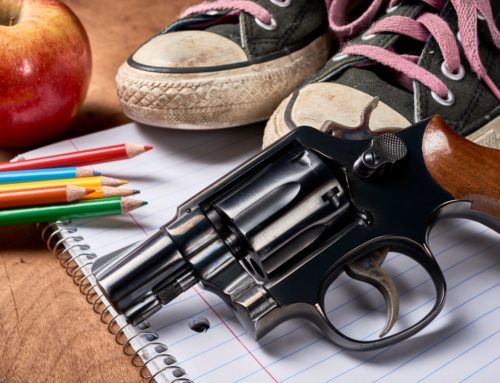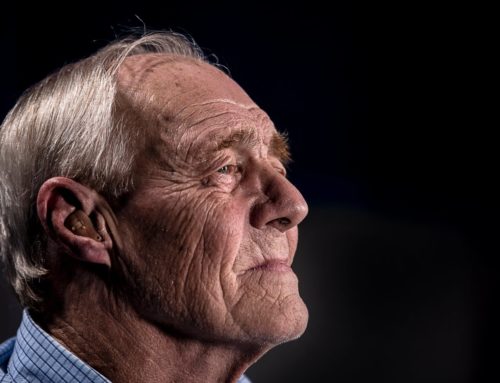Over the past decade, there have been more than 180 school shootings with combined populations of more than 200,000 students. The shootings left 177 dead, 242 injured, and untold others struggling with the psychological aftermath.
What is particularly troublesome to authorities is the recent uptick not just in the number of such events, but also their severity. And given what’s unfolded thus far in 2019, there are no signs of that trend slowing.
Indeed, the increase in school shootings parallels a similar rise in overall active shooter events in the U.S.

School shootings in schools of all types have been on the rise over the past decade, with clear signs of accelerating in recent years. Source: CNN.
Analysis of school shooting data by CNN and other experts is beginning to reveal some sobering truths, including that while there is no real rhyme or reason to such shootings (they happen in schools of all sizes and make ups, in rural and suburban and urban areas, at the end of the day or during class, etc.), some patterns are emerging.
For example, school shootings are more likely to occur on Fridays and during afternoon hours. Why? Some theorize that mounting pressures on certain students reach a boiling point by week’s end.
Race also plays a role, with majority black schools typically experiencing shootings after 4pm (during after-school events). Similarly, while black children constitute just 15% of the nation’s 50 million students, they experience one-third of the total number of shootings.
On the other hand, schools that are predominantly white experience shootings at the start or conclusion of classes. Those shootings also claim far more victims. Schools with majority white student populations also suffer more mass shootings, and almost all are carried out by young white males.
While the mass shootings grab all the headlines, they actually constitute a small percentage of the overall number of school shootings. It is the sheer number of such shootings that are the bigger problem, say experts, since they impact a much broader percentage of kids.
Why the uptick in school shootings in recent years? One theory suggests that kids today are glued to digital screens more than ever and, as such, have developed fewer problem-solving skills. “Today we have kids who are so isolated inside – playing video games and glued to their tablets and everything else – that they don’t learn those problem-solving skills,” says Mike Clumpner, a police officer who specializes in active shooter training.


Leave A Comment
You must be logged in to post a comment.